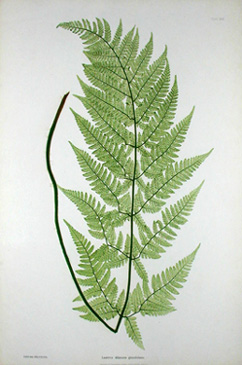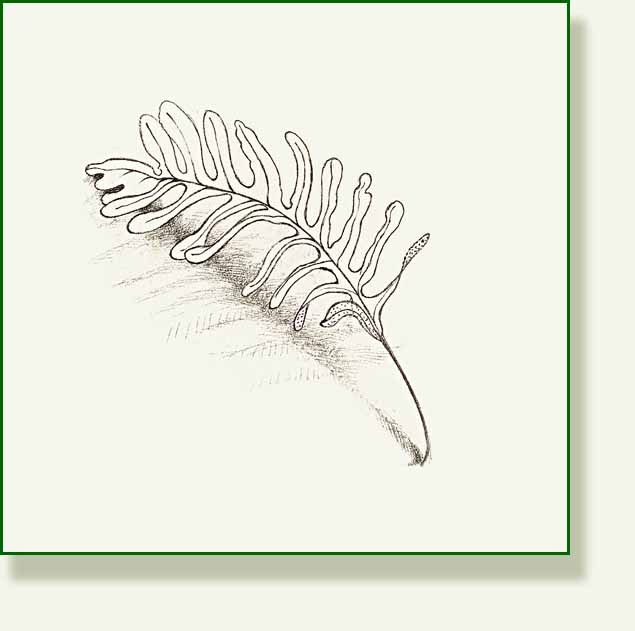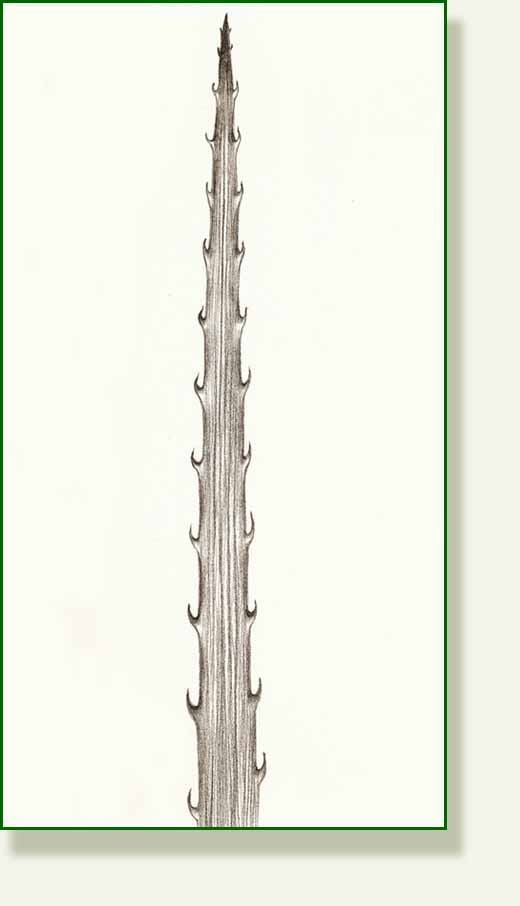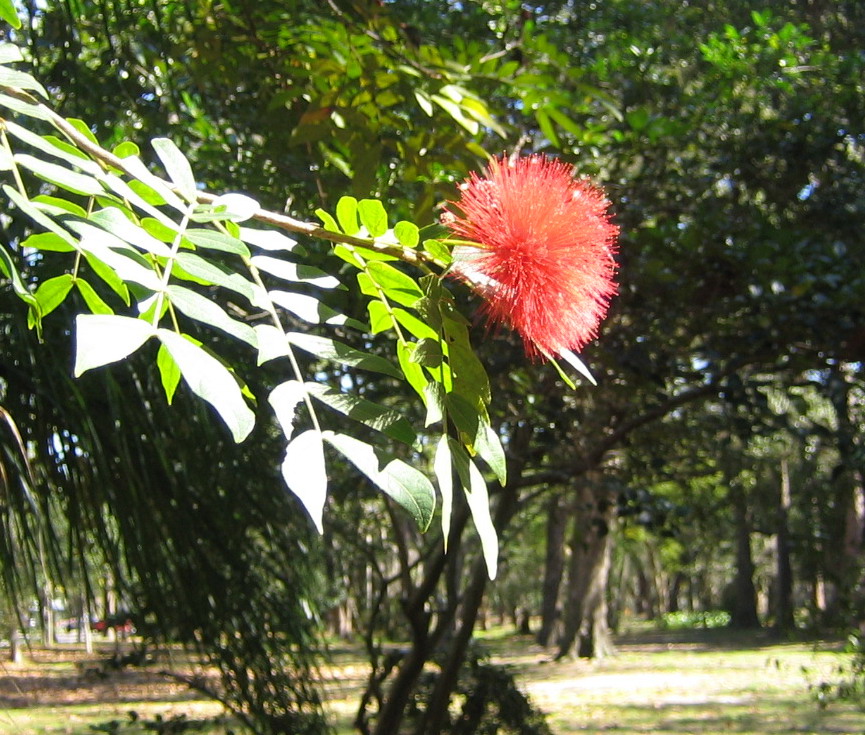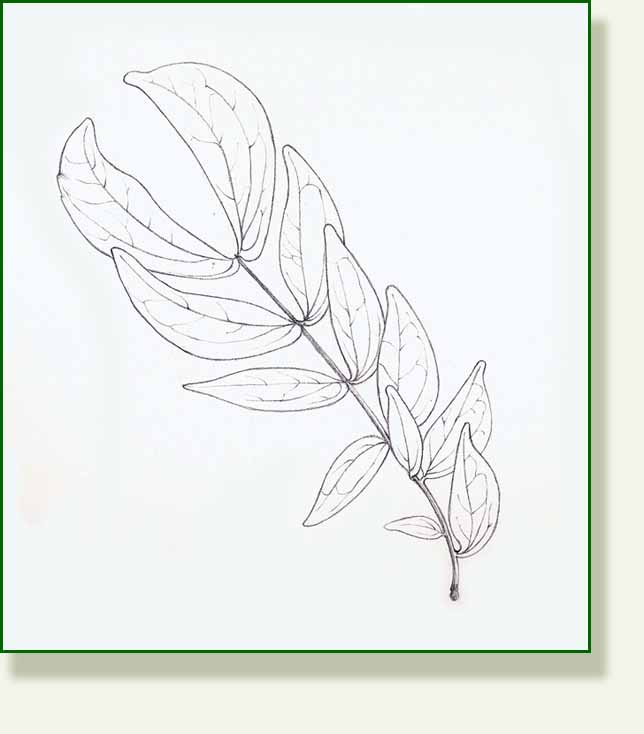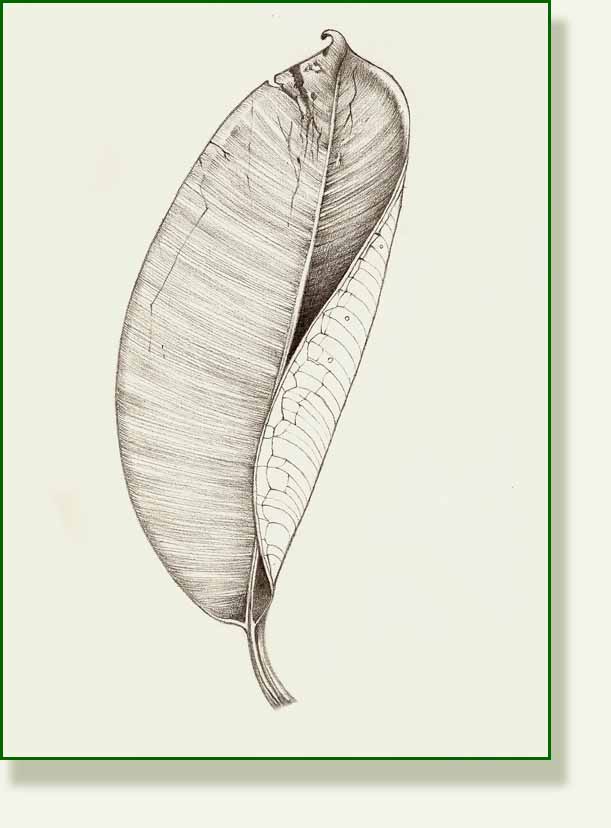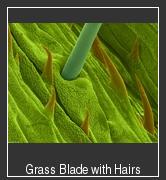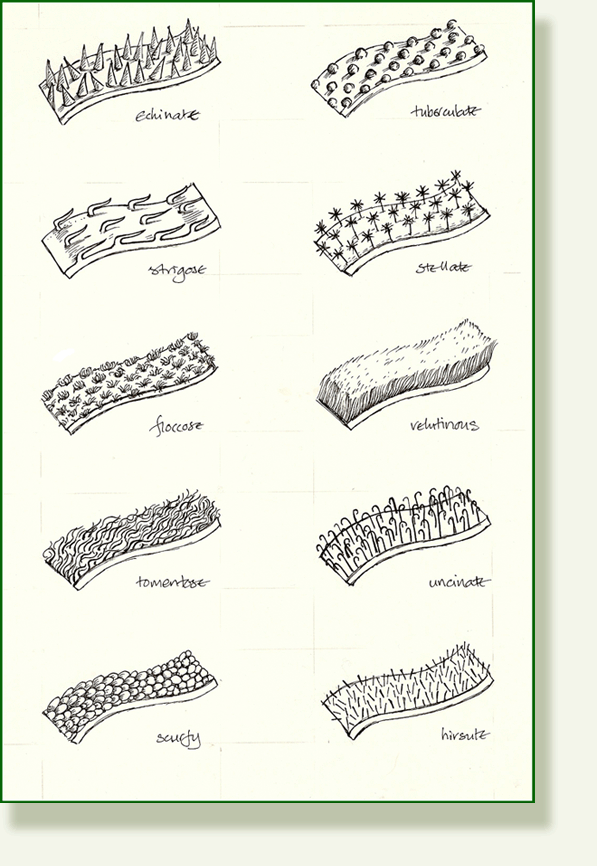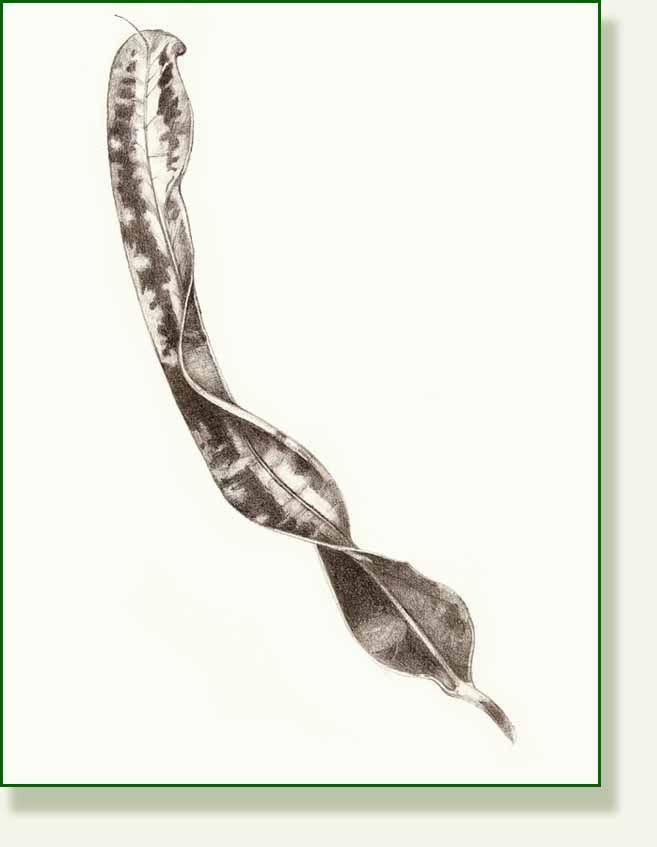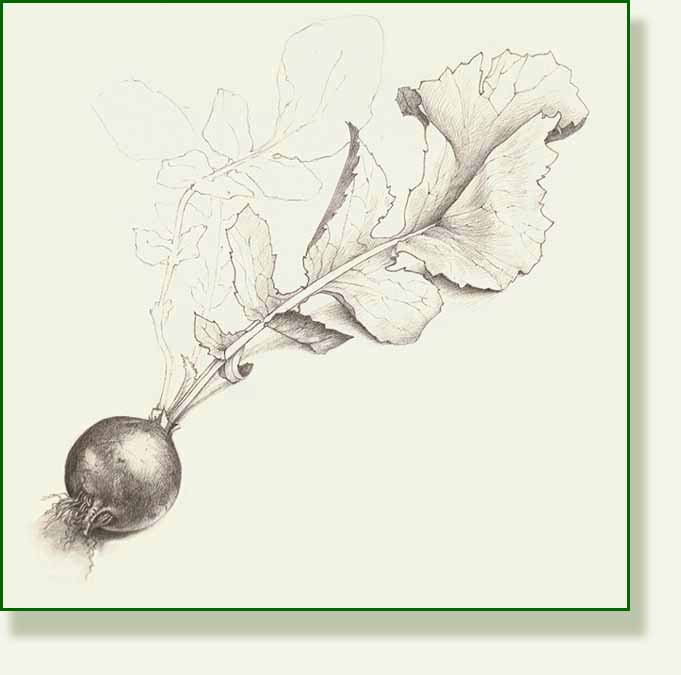Today the weather was perfect. I went to Winter Park village on my bike. They were cutting the grass in the park, real grass, British type lawn grass, the sort that you lie on in the summer. Not the horrible spiky indestructible stuff that that passes for grass now in many hotter climates. The indescribably wonderful smell of the new mown grass transported me back to summer days in England. All the lizards were out soaking up the sun and a brighter than bright, carroty red squirrel bounced across the grass. Utterly charming.!!
All this sun inspired me to get some salad for tea, hence the radish. The, now failing, New Year diet also dictates that I drag my reluctant feet away from the Key Lime Pie counter and towards the salad bar… but its not much of a hardship. Salad is my almost favourite food, especially with a lovely dressing.
It was just happy coincidence then, that when I returned home there was a poem about salad on the radio!!…a poem about salad?.
To hear it tune into the excellent BBC Radio4 Listen Again service to “Poetry Please” and hear “A Recipe for Salad” read by very nice chef Rick Stein. Listen to the whole programme or fast forward 9 minutes on the Radio 4 player for this poem alone http://www.bbc.co.uk/radio4/arts/poetryplease.shtml
I am not sure how long this link will be live so go while you can.
It was written in 1839 by poet and cleric Sidney Smith in a letter to a friend. Its delightful..
“A Recipe For Salad “ by Rev Sidney Smith
To make this condiment, your poet begs, The pounded yellow of two hard-boil’d eggs;
Two boil’d potatoes, pass’d through kitchen-sieve, Smoothness and softness to the salad give;
Let onion atoms lurk within the bowl, And, half-suspected, animate the whole.
Of mordant mustard add a single spoon,Distrust the condiment that bites so soon;
But deem it not, thou man of herbs, a fault, To add a double quantity of salt;
Four times the spoon with oil from Lucca brown, And twice with vinegar procured from town;
And, lastly, o’er the flavour’d compound toss , A magic soupcon of anchovy sauce.
Oh, green and glorious! Oh, herbaceous treat! ‘T would tempt the dying anchorite to eat;
Back to the world he’d turn his fleeting soul, And plunge his fingers in the salad bowl!
Serenely full, the epicure would say, Fate can not harm me, I have dined to-day!
Fate will not harm me either if I eat all the radishes and watercress I bought today!
The drawing had to be done super quickly as the leaves again wilted to nothing in half an hour. I have to find another way of keeping my models perky.
I will return to edible greens soon. I like them more than flowers really. I think it is something to do with being brought up in Lincolnshire surrounded by cabbages and mangle-worzels.
___________________________________________
 The Radish
The Radish

 Lenten Rose
Lenten Rose
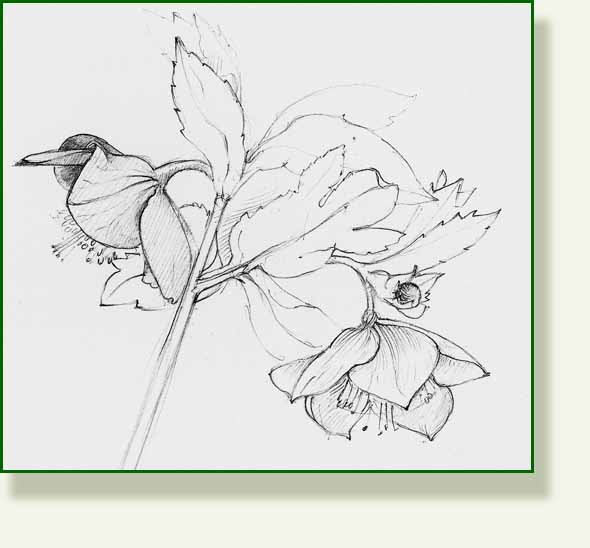
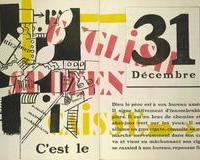




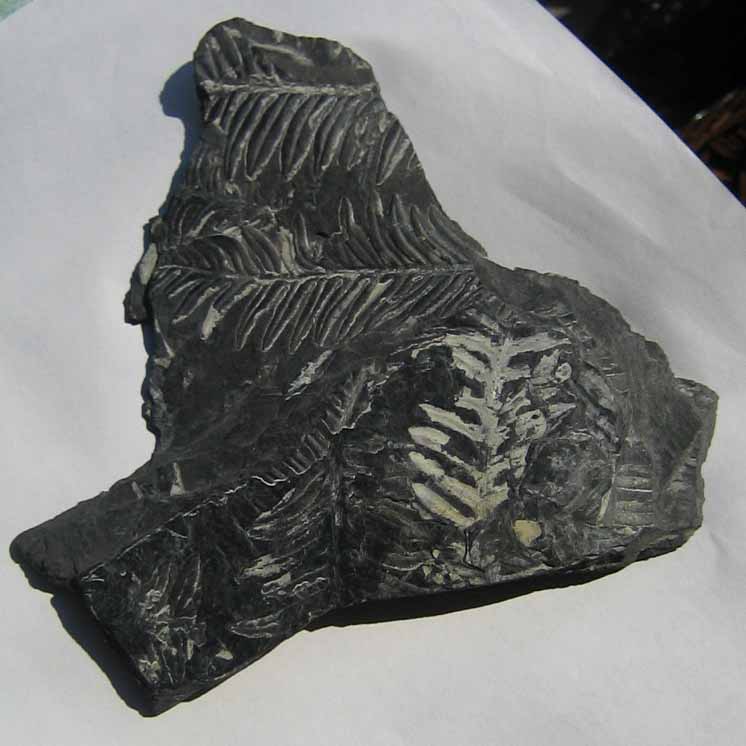 On Saturday I found a good shop nearby which sells all sort of antiquities from Egyptian
On Saturday I found a good shop nearby which sells all sort of antiquities from Egyptian 